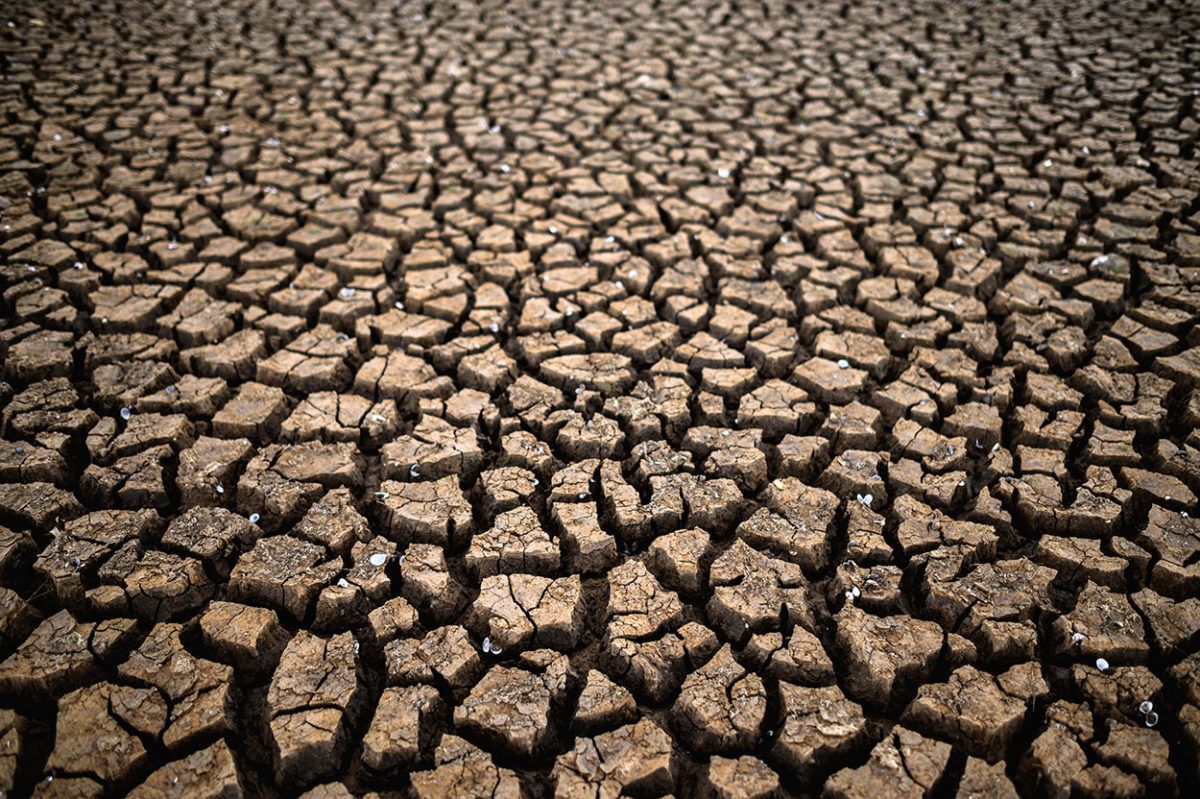In a world as changeable as ours, it is logical to think about the importance of having an insurance company to protect us and our assets in case of any event.
A car crash, a house fire and even an illness we are going to be treated for are some of the most common claims, all of which have basic requirements and a particular way of reporting them. But if I ask you, how can you claim from your insurer after a natural disaster, what would you tell me?
Your starting point begins when you should contact your insurer as soon as possible and find out the following:
- Are damages included in the terms of coverage of your policy?
- It is important that you know how much time you have to make a claim.
- Do the losses incurred exceed the amount of the deductible (this is the amount agreed with the insurer for the insured to pay before the insurance company takes care of the other expenses)?
- How long does the claim process take?
- Do you need to have estimated repair costs at the time of inspection?
- Make any necessary temporary repairs and, to the extent possible, take precautions to protect your property from further damage.
Keep receipts for expenses incurred and submit them to your insurance company for reimbursement. Expenses for temporary repairs are part of the reimbursement agreement.
Avoid starting final repairs until the insurer’s expert has determined the damage.
- Be prepared for the appraiser/inspector’s visit. Your insurer may send you a «statement of loss» form, which you will need to complete. The more information you collect and have on hand about the damage and loss (dates, defects, description of affected items, repair costs, etc.), the faster you will be able to file your claim and receive the appropriate compensation. Do not discard any damaged items for any reason until the appraiser has evaluated them.
- Photographic and video evidence will never be superfluous, so support your claim by capturing your belongings. However, depending on the magnitude of the natural disaster, your property may have been destroyed or you may lose backup documentation, in this case, use the data you remember.
- Identify the structural damage to your home and other surrounding structures such as the garage, swimming pool, among others. With this you will be able to put together a list of things that the inspector should check: cracks, broken roof tiles and even the electrical system of the house (many insurance companies recognize the cost of the electrical inspection).
- Obtain written estimates from licensed specialists: include itemized details of the materials to be used, prices, among others, which will make the evaluation of the claim easier and faster.
- Make copies of all the documentation the appraiser gives you and a list of what he sends to the insurance company. Have all the answers and documentation issued by the insurance company at hand, noting dates, numbers and other data that you consider important.
It should be noted that standard homeowners’ insurance does not include coverage for flood damage, so for this type of risk, you need an additional policy.
This whole process looks cumbersome, doesn’t it? That’s why it is so important that conventional insurance companies can develop with the help of technology in order to digitize and speed up all their processes. Learn more about our LISA Claims solution by clicking here.
